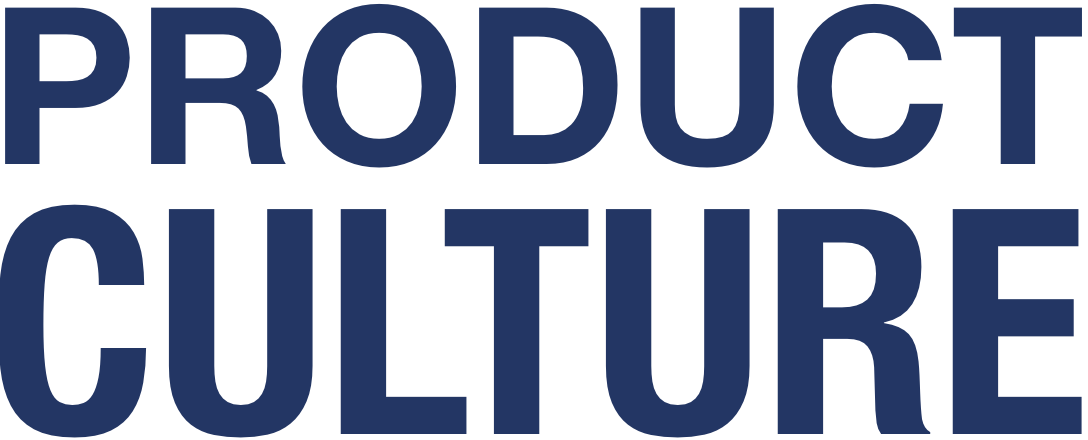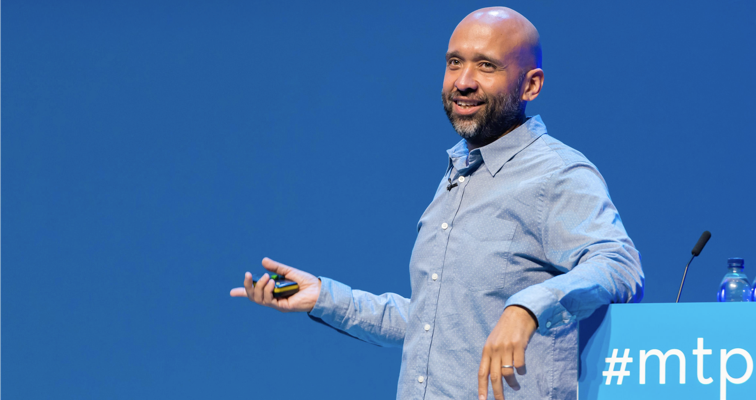Bruce McCarthy, in VentureFizz
David Cancel, CEO of Drift, former Chief Product Officer at HubSpot, and serial entrepreneur hates product roadmaps. He says, “Either I’m going to disappoint you by giving you exactly what we thought six months ahead of time was the best solution when it’s not, or by changing course and having lied to you.” And yet David shares roadmap info with his key customers all the time. The trick, he says, is to focus on what he calls “themes” instead of features and dates.
In a Seeking Wisdom podcast with Dave Gerhardt, David says, “I’ve never seen a release where you announced it and you shipped it. The date is almost never met. Or you announced it and nobody cared, or you had outages or bugs with the product. Support’s blowing up, the product’s blowing up, customers are pissed, sales has no examples. It’s just a total cluster.”
To avoid this kind of thing, says Cancel, “We would often have customers working with us iterating on the software for months before we announced it.” This, of course, allows the Drift team to validate that what they are building actually solves customer problems. And, David points out, “You actually have testimonials on launch day.”
But what about those customers who really want a roadmap? I spoke to David one-on-one about this for my book, Product Roadmaps Relaunched: Setting Direction While Embracing Uncertainty (O’Reilly Media, Nov 2017). He said, customers are looking for “a paper promise that this is going to get done.” This desire, he says, comes from a lack of trust that the product team is listening. So instead of making unkeepable promises, David focuses his team on increasing the customer’s trust.
“Our larger prospects,” according to David, “need to know they have a direct line to the product team itself. The PM is involved in those deals and starts to build that relationship. The fact that they could actually talk to people on the product team blew them away. They would say to us, ‘Wow, our internal team doesn’t even talk to us.’”
Rather than sharing an old-fashioned roadmap of features and dates, though, David and his product team communicate broad themes. Themes focus the team’s efforts on high-level customer needs, problems, or jobs to be done. As I describe in my book, this approach is gaining momentum among product-oriented companies as it makes the goal(s) of the next version, variation, or feature of the product very clear to the team and to the customer.
Jared Spool, Founder of User Interface Engineering, said in an recent article, “When companies talk about features, they are saying, ‘Look at us. Look at what we can do.’ When companies talk about the problems of the customers, they are saying, ‘Look at what you’re dealing with. Look at how we want to help.’”
Themes also provide the critical means of deciding when you are done. Rather than focusing on a date or a list of deliverables, you are focusing on solving the customer’s problem. Until you’ve validated it is solved, you’re not done and no amount of project management will change that. Ben Foster, an advisor to product-driven startups, says, “The roadmap should clarify plans, but without providing false precision that someone else might be banking on.”
Many companies I work with find that sharing your intent and direction invites customers into your process and cements loyalty like nothing else. I see what Ben, Jared, and David are doing as a key part of an emerging product culture based on leveraging technology to solve customer problems, and leading cross-functional teams based on outcomes rather than controlling outputs. Is that how you see it?
Thanks to VentureFizz for letting me reprint this article.

